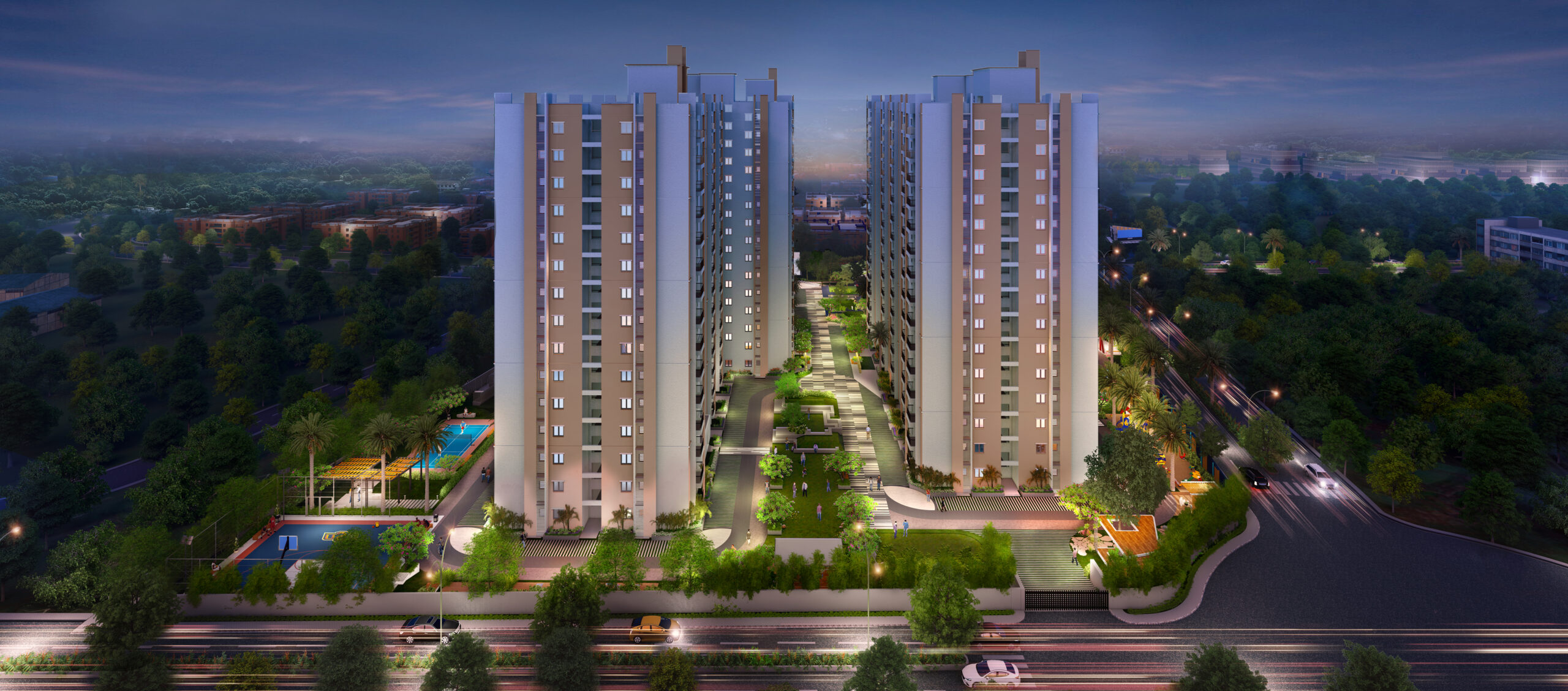What is NALC in Telangana? A Simple Guide for Dry Land Owners
Understanding Non-Agricultural Land Certification
Alright, let’s talk about the Non-Agricultural Land Certificate (NALC). This little piece of paper? It’s super important for turning agricultural land into something more, think buildings, businesses, or homes, especially in Telangana. It’s not just a legal formality; it’s part of a bigger picture about land use in the state.
If you’re a property owner wanting to sell or develop land that’s seen better days as just fields, you need this certificate. Without it? Well, you might face legal snags that could cost you time and money. Seriously, disputes can happen, and trust me, they won’t make your life easier.
Requirements for Obtaining NALC
So, what do you need to get this NALC? Here’s the checklist:
1. Application Form: Fill out the official form.
2. Land Records: Provide your title deeds and survey maps.
3. No Objection Certificate (NOC): Get a nod from local authorities saying there are no issues with your conversion.
4. Affidavit: This is where you declare what you intend to do with the land.
5. Fee Payment: Don’t forget to pay the application fee!
Once you’ve submitted everything, you’ll probably wait 30 to 60 days. The exact time? It depends on how complete your paperwork is.
Impacts on Dry Land Agriculture
Getting that NALC can really make a difference. It helps shift from simple dry land farming to more specialized methods or even other developments that might be better suited for that space. Take, for instance, land that can naturally collect water, it’s a game-changer for growing crops or kickstarting sustainability projects. Plus, getting loans for purchasing agricultural land becomes much easier with an NALC in hand.
| Step | Description |
|---|---|
| Application Submission | Submit your completed form |
| Document Verification | Authorities check your land records |
| Approval Process | They verify your NOC and affidavits |
| Issuance | You get your NALC, paving the way for changes |
Understanding what an NALC means for you can significantly boost land value and farming success. For more on this, check out FAO India.
Getting an NALC in Telangana isn’t just about following rules. It’s about smarter land use for both your wallet and the environment. For more on land policies and conversions, don’t hesitate to peek into our other articles.
The Importance of NALC: Legal and Financial Perspectives
So, why is getting an NALC a big deal? First up, it makes your property legally sound for non-agricultural uses, and yes, that usually nudges up its value. If you’re looking to dive into dry land agriculture, having this certificate is like a safety net, you get stronger claims on ownership.
Financial Benefits of NALC
Let’s talk money. With an NALC, the financial doors swing wide open. Loans for buying land? Banks want to see that certificate. It proves your property is legit. Plus, if you’re planning to develop agricultural land, there are government schemes and subsidies that specifically target these non-agricultural activities.
And the benefits?! Owning land with an NALC can mean less hassle with paperwork and legal red tape when bidding for loans. Who doesn’t want easier financing and possibly better interest rates?
| Benefit | Impact |
|---|---|
| Legal Validation | Strengthens your ownership claims |
| Access to Loans | Makes getting financial products easier |
| Value Addition | Boosts property’s market value |
| Government Schemes | Opens the door for various subsidies and grants |
Curious about financing? Check out articles on Dry Land Agriculture Development.
In short, securing an NALC isn’t just paperwork, it’s unlocking a bunch of financial chances. Especially for new landowners keen on dry land agriculture or any other development. Need more details on legal frameworks? Check out our internal guides on property rights and financing strategies.
Necessary Documentation for NALC Application
Ready to get your NALC? There are a few key documents you’ll need at the ready. Having them lined up makes things smoother, especially if you’re looking into dry land agriculture.
Key Documents Required
1. Application Form: Your detailed application form.
2. Proof of Ownership: Documents like a sale deed or gift deed.
3. Patta Certificate: This shows your right to use the land.
4. Encumbrance Certificate (EC): Confirms that your property has no financial liabilities—this is a must for getting loans for agriculture land.
5. Land Tax Receipt: Recent proof that you’ve paid your taxes.
6. Location Plan: A map showing the land boundaries.
7. Khata Certificate: Often needed for NALC approval.
8. Aadhaar Card: An identity proof for individuals.
Collectively, these documents help clear up any ownership questions, making it easier to seek loans from banks.
| Document | Purpose |
|---|---|
| Application Form | Kicks off the NALC process |
| Proof of Ownership | Confirms who owns the land |
| Patta Certificate | Validates your claim to the land |
| Encumbrance Certificate | Ensures there are no outstanding debts |
| Land Tax Receipt | Shows you’re tax-compliant |
| Location Plan | Marks where your land is |
| Khata Certificate | Confirms you’re officially registered |
| Aadhaar Card | Serves as ID proof |
Get these ducks in a row before you head to the authorities. Efficiency really hinges on having everything sorted out. Check out more on guidelines from the Government of Telangana at Encumbrance Certificates.
Investing in dry land agriculture in Telangana takes more than just paperwork. You also need smart strategies and access to resources, like loans for agricultural land purchases, to really make that land work for you.
Ready to get that NALC? You can tackle the application process through the TS-iPass or Dharani portal in Telangana. It’s a handy online tool that makes submitting your application a breeze. Here’s a quick guide to help you along.
1. Access the Portal: Head over to the Dharani portal and find the NALC section.
2. Create Your Account: If it’s your first time, just register. You’ll need ID and a mobile number for the verification codes.
3. Fill the Application Form: Input details like your name, location, and specifics about your land. Don’t forget to mark it as ‘dry land agriculture’ if that fits.
4. Attach Documents: Upload the necessary documents, including proof of ownership and any past NALC certificates. Double-check to make sure they’re in the right format!
5. Review Before Submission: Double-check everything. The last thing you want is a simple mistake tripping you up.
6. Submit Application: Once everything looks good, hit submit. You’ll get a receipt—hang on to that.
7. Track Your Application: Use the portal to keep tabs on your application status. It’s a smart way to check if anything’s holding things up.
8. Receive NALC: If all goes well, your certificate will be ready for download.
This digital process really cuts down wait times and adds some transparency. And hey, if you’re curious about enhancing dry land agriculture? Check out the research on water-balanced land.
Common Errors to Avoid
– Incorrect Land Details: Get those measurements right!
– Missing Signatures: Ensure all documents have the necessary signatures.
– Delayed Responses: Keep an eye on your email for updates.
Stick to these steps, and dodging common errors will help make securing your NALC a smoother experience. Also, understanding bigger agriculture strategies, including options for loans for agriculture land purchases, will be a win for your future investments in dry land agriculture.
Keep these tips handy, and you could sidestep delays like a pro. For more on dryland agriculture development, check out resources from USDA.
Fee Structure and Additional Considerations for Dry Land Agriculture
When it comes to fees for converting land use in Telangana, knowing the basics is essential, especially for anyone in dry land agriculture. The fees for that Non-Agricultural Land Certificate (NALC) can differ depending on land classification and location. Here’s how it usually breaks down:
| Land Classification | Fee (INR) |
|---|---|
| Dry Land Agriculture | 10,000 |
| Other Agricultural Lands | 15,000 |
| Non-Agricultural Lands | 20,000 |
In addition to these fees, you also need to keep various legal and administrative factors in mind when you’re kicking off the NALC process. First on the list is getting necessary approvals from local authorities and making sure you’re complying with environmental laws. This is super important for when you’re looking to secure loans for agriculture land; the banks want everything documented and above board.
Oh, and don’t forget about urban planning regulations! These can heavily influence how land conversion goes down. Staying connected with local land revenue offices can help you stay in the loop about any changes.
For folks on the lookout for agricultural land for sale, knowing the fee structure will help you make smart, informed choices. Want to dive deeper into productivity in dry regions? Check out the research on resilience in dryland agriculture here.
Familiarizing yourself with the fees and legal steps can help you navigate the ins and outs of getting land ready for dry land agriculture in Telangana. If you need more on legal documentation, swing by this article.
FAQ
1. What is NALC?
NALC stands for Non-Agricultural Land Certificate. It is a certification required to convert agricultural land to non-agricultural uses like buildings or businesses.
2. Why is obtaining an NALC important?
Obtaining an NALC is crucial for legal validation of property ownership and enhances the property’s market value, allowing for access to loans and government subsidies.
3. What documents do I need for the NALC application?
Key documents include the application form, proof of ownership, Patta certificate, Encumbrance certificate, land tax receipt, location plan, Khata certificate, and Aadhaar card.
4. How can I apply for NALC online?
You can apply via the TS-iPass or Dharani portal by creating an account, filling out the application form, and submitting the required documents.
5. What is the fee structure for obtaining an NALC?
Fees for obtaining an NALC vary based on land classification, typically ranging from INR 10,000 for dry land agriculture to INR 20,000 for non-agricultural lands.













